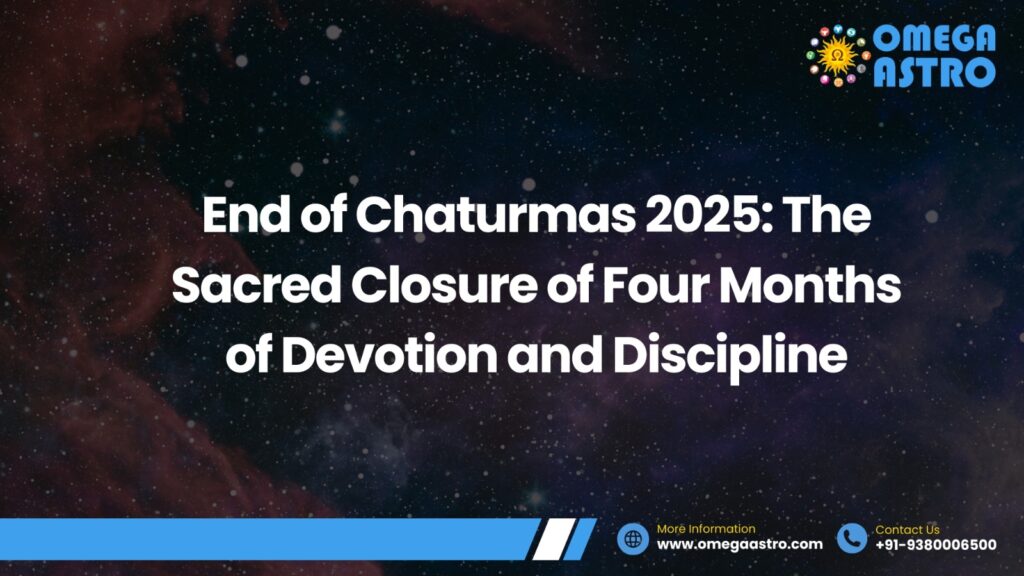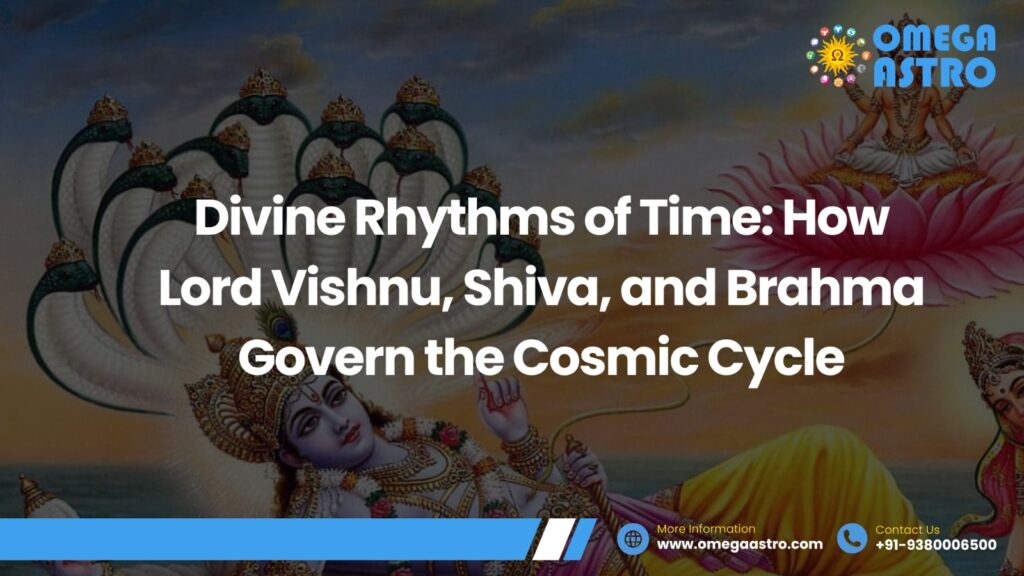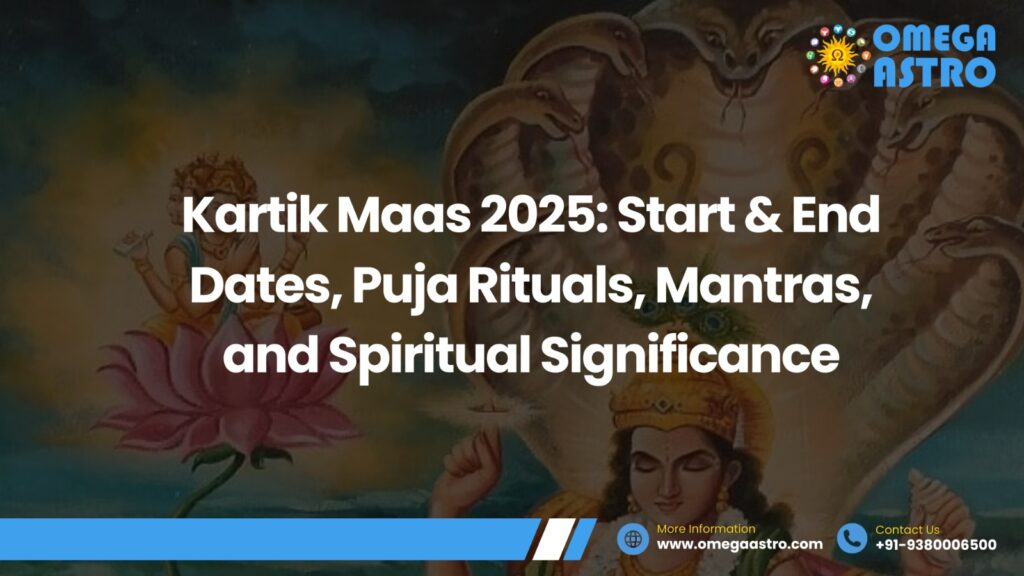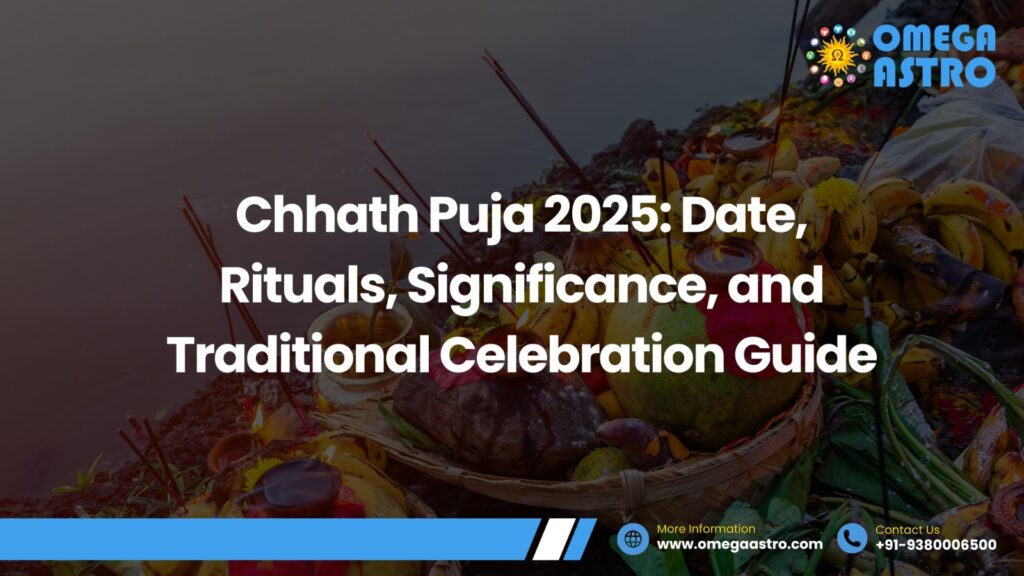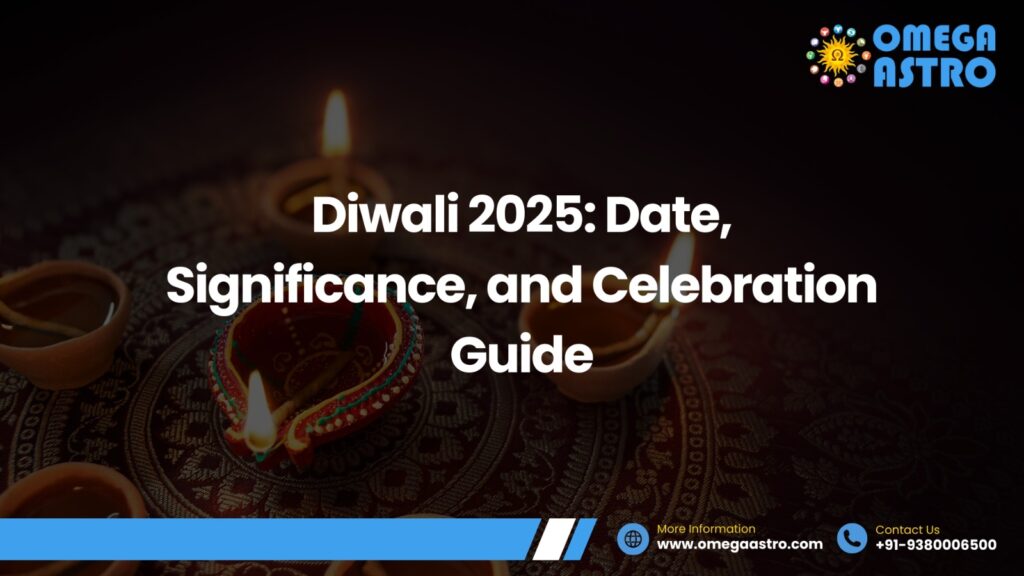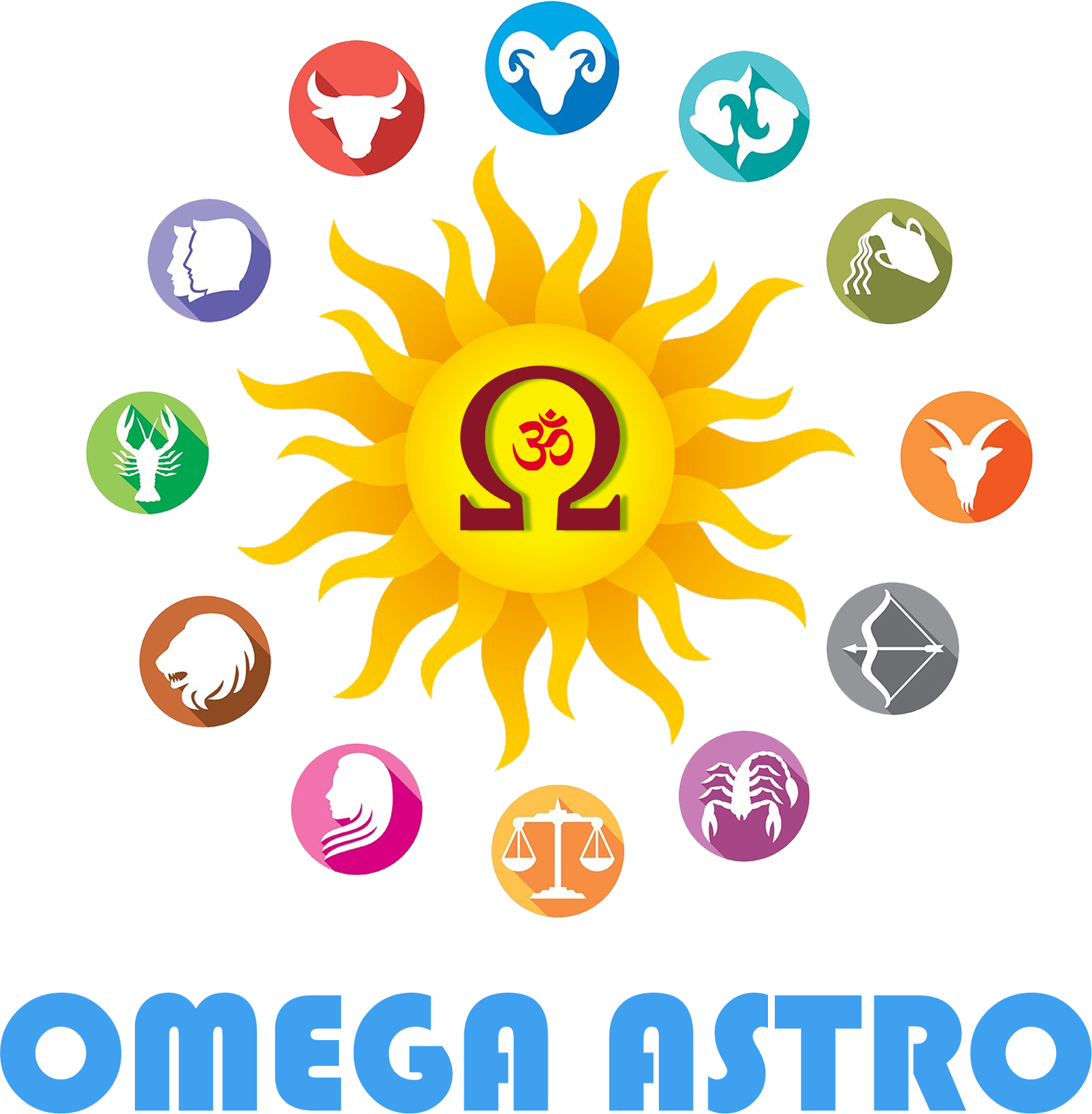Spiritual calendars highlight different periods to assist one’s spirituality and development. Chaturmas is especially important because it is a time of devotion, discipline, and self-contemplation.
These four months focus especially on praising and meditating on the teachings of Lord Vishnu, observing righteousness, and living a virtuous life.
This period of Chaturmas in 2025 will finish on either November 1 or November 2, depending on your regional lunar calendars. End of Chaturmas 2025 is finished with Devutthani Ekadashi, the day in which Lord Vishnu is believed to awaken from His divine slumber. This day marks the beginning of more auspicious times.
Chaturmas and Its Sacred Meaning
Chaturmas translates to ‘four months’ and denotes the period which begins on Devshayani Ekadashi in the month of Ashadha (June-July) and End of Chaturmas until the month of Kartik (November).
Spiritual Significance
Each of these months is dedicated to the remembrance of the time Lord Vishnu, in the Kshirsagar (Ocean of Milk), is believed to be in deep cosmic sleep (Yoganidra). During these months, devotees focus on their self-control, purification, and awakening.
Activities Followed During Chaturmas
- These activities include special prayers and observing fasts
- Taking a break from certain foods, especially onion, garlic, and meat
- Social and festive activities are to be kept to a minimum
- Reading holy scriptures and giving to the needy
- These activities represent the core Hindu spirituality of devotion, humility, and patience.
The Sacred Closure of Chaturmas
Devutthani Ekadashi with End of Chaturmas 2025– The Day of Divine Awakening
Chaturmas ends with Devutthani Ekadashi, or Prabodhini Ekadashi. On this day, Lord Vishnu concludes His four-month sleep, and devotees partake in His divine return.
Rituals and Celebrations
- A Lord Vishnu image or idol is put on a decorated bed, symbolizing His rest.
- The Uttan or Prabodhan ceremony is conducted to wake Him up with hymns and mantras.
- To honor this cosmic awakening, temples are embellished with lights and flowers.
- This is the moment we switch gears from rest to activity and reflection to celebration.
End of Restrictions and Renewal of Positivity
Chaturmas is a time of restraint and avoiding excessive materialism. The End of Chaturmas is a celebration of the lifting of these restrictions, as devotees are free to return to their usual social and festive activities.
This spell teaches the balance of restraint and celebration. The peace of a period of restraint is the celebration of joy. With the spiritual energy from Lord Vishnu, joy and prosperity are invited into life.
Resumption of Auspicious Events
The end of Chaturmas is a highly auspicious time in Hindu culture. This marks the end of Devutthani Ekadashi. People begin planning important life events that were paused during the previous four months of discipline.
Common Auspicious Activities Include:
- Weddings and Engagement Ceremonies
- Housewarming (Griha Pravesh) Rituals
- Naming Ceremonies (Namkaran)
- Opening Businesses and New Ventures
This time is thought to be blessed by Lord Vishnu Himself, making it ideal for new beginnings filled with success and harmony.
Tulsi Vivah – The Divine Beginning of The Wedding Season
The day after Devutthani Ekadashi is celebrated as Tulsi Vivah, one of the most significant rituals in the Hindu religion. The marriage of Tulsi (Holy Basil) to Lord Vishnu in the form of Shaligram is celebrated this day.
Spiritual Significance
Tulsi Vivah marks the start of the Hindu wedding season. It represents the sacred bond of Tulsi (devotion) and Vishnu (divinity) and inspires relationships of love, respect, and faith.
Ritual Highlights
- Devotees offer the Tulsi plant with ornaments, flowers, and a saree.
- A symbolic wedding is performed with the chanting of Vedic mantras.
- The families, with prayers and blessings, celebrate with sweets.
- This divine union opens the door to auspicious beginnings and harmonious relationships.
Importance of “End of Chaturmas” in a Cultural Context
Chaturmas was initially a religious festival, but it holds greater significance today. Chaturmas today represents:
- The stimulation of the spirit after a self-imposed silence
- The restoration of the spirit after a self-imposed fast
- The equilibrium of the spirit in devotion, as well as in the material aspects of life
The explanation of the pause and the forward movement in life. It also illustrates the concept of an end and a new beginning. Just as Lord Vishnu awakens after the Vrsot-patti to resume His cosmic duties, there is an invitation to devotees to awaken and strengthen the spirit in devotion to the cosmic purpose.
Also Read: Chhath Puja 2025: Date, Rituals, Significance, and Traditional Celebration Guide
Chaturmas 2025 Highlights:
- End Date: November 1 or November 2, 2025 (Devutthani Ekadashi)
- Purpose: Self-discipline, devotion, and simplification
- Four months – Ashadha to Kartik
- Main Ritual: Vedic shield
- Post Chaturmas Phase: Highly auspicious
- Next festival: Tulsi Vivah
Conclusion
After Devutthani Ekadashi, End of Chaturmas 2025 devotees await the arrival of Lord Vishnu. As the period of reflection is concluded, new beginnings will be marked.
For a better understanding of the sacred times and movements of the celestial bodies that impact your life, Omega Astro will guide you in the right way.
Omega Astro offers personalized astrology consultations to provide you with accurate insights by understanding the principles of Vedic astrology, the cosmic cycles, and the planetary positions. With the correct information, you will be able to make the best decisions at the right moments.
For information on cosmic influences, festivals, and auspicious timings, reach out to Omega Astro for unparalleled divine clarity and guidance throughout all your spiritual pursuits.


